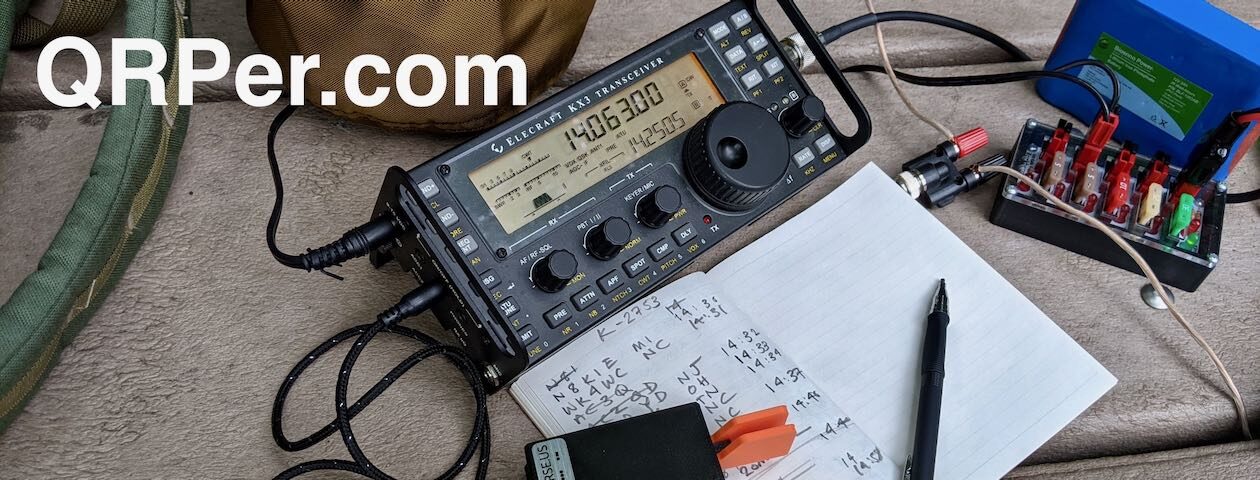Many thanks to Steve (MW0SAW) who shares the following field report:
Mini Field Report: Testing the Gabil 7350T and BaMaTech TP-III on a brisk SOTA activation!
by Steve (MW0SAW)
Went for an early walk/SOTA activation up Fan Fawr GW/SW-005 (734m) this morning (9/4/23). I think someone said it was supposed to be the hottest day of the year in the UK. It was about 5 deg celsius with a bitter wind chill of -2c on the summit! It’s very close to the highest peak in South Wales, Pen Y Fan (886m).
As I mentioned a couple of weeks ago in our emails, I wanted to test a new compact antenna I purchased recently, called the Gabil 7350T in the USA, and branded as the Sharman MD-3500 in the UK where I got mine. I also took the Gabil GRA-ULT01 MK2 tripod which I did purchase from the USA on Amazon.com.

Another first for the the activation was the Bamatech TP-III ultra compact paddle, Dinos were included
Starting my walk, the lovely view of the reservoir quickly disappeared and was the last view I would see ascending into the mist.
I took refuge in my Decathlon 1 man camping shelter, setting up the tripod and antenna close by.
 The wind was howling and turning my back the antenna toppled over. This was quickly resolved with a tent peg on one of the tripod legs. Quick setting of the slider with the analyser got 1.2 SWR and so after a slurp of coffee, I started to call CQ on 20m CW. A nice stream of European qsos ensued with good reports (many 599), it was pleasing to hear with such a small antenna (about 8 ft). Just as the contacts were drying up, I was taken aback by a strong VK station! Always great feeling to get some dx like that but especially pleasing with this tiny antenna on its maiden voyage
The wind was howling and turning my back the antenna toppled over. This was quickly resolved with a tent peg on one of the tripod legs. Quick setting of the slider with the analyser got 1.2 SWR and so after a slurp of coffee, I started to call CQ on 20m CW. A nice stream of European qsos ensued with good reports (many 599), it was pleasing to hear with such a small antenna (about 8 ft). Just as the contacts were drying up, I was taken aback by a strong VK station! Always great feeling to get some dx like that but especially pleasing with this tiny antenna on its maiden voyage
I switched to 20m SSB for a few more QSOs but struggled with QRM on two frequencies. My allotted time was running low and my fingers were numb, so I packed up the HF and got the handie out to catch a few local VHF contacts.
So what can I summarise from this activation, well I can safely say I love the Gabil/Sharman antenna and Gabil tripod. They would make a really nice additional to a small go bag, they seemed to work almost as good as a full size 1/4 on 20m. Time was limited this trip and I was too cold to hang about to try more bands, but extremely pleased with the performance so far.
The Bamatech key is a pure work of art, beautifully made, sensitive and precise. Probably my best portable key to date in my collection.
Equipment:
(Note: Amazon links are QRPer.com affiliate links.)
- Elecraft KX2
- Bamatech TP-III ultra compact paddle
- Gabil 7350T compact telescoping HF antenna (a.k.a. the Sharman MD-3500 in the UK)
- Gabil GRA ULT01 tripod
- Sark 110-ULM mini analyser
- Kenwood TH-K20E
- Diamond RH770 antenna
Thanks to all the chasers.
73
de MW0SAW/P


















































